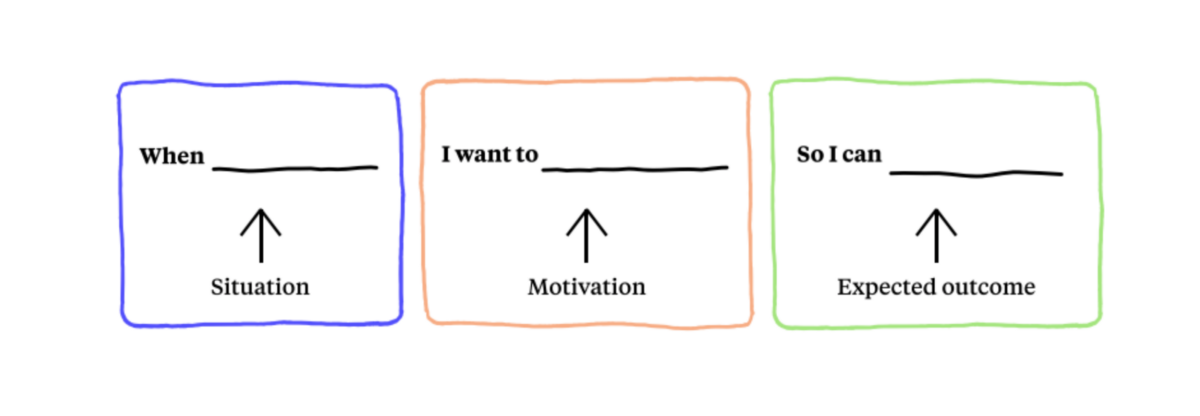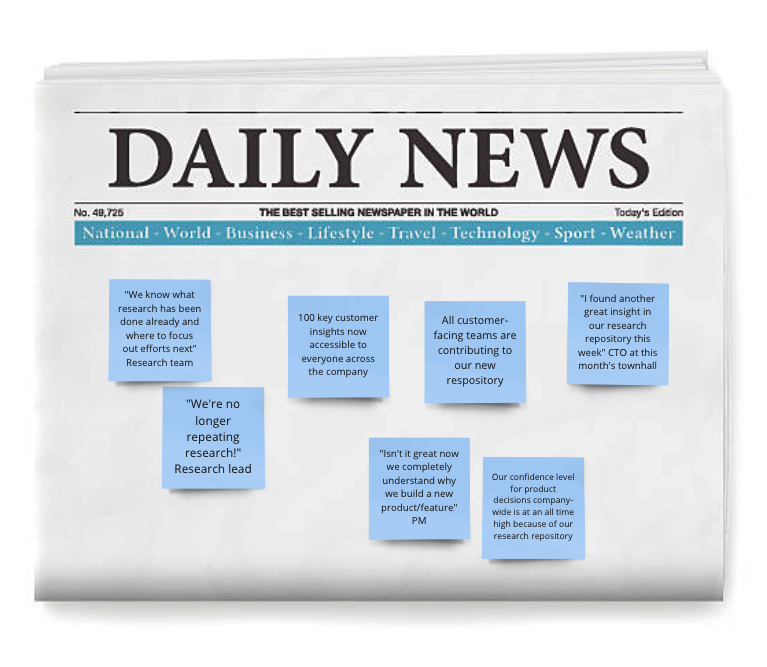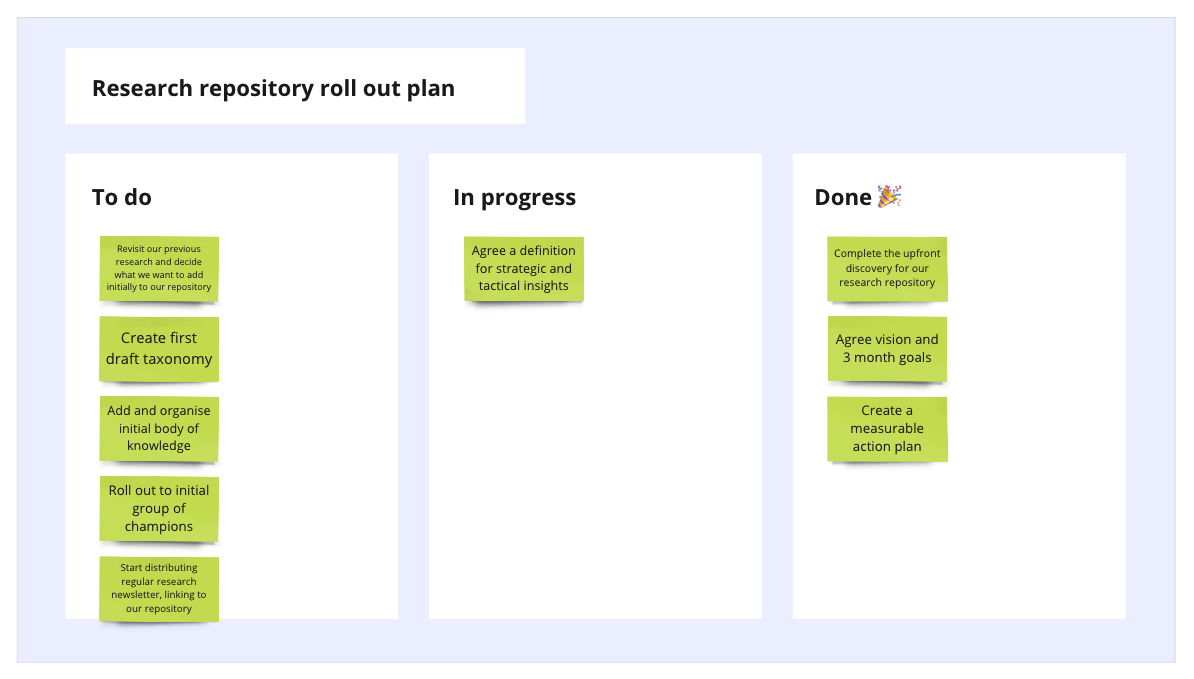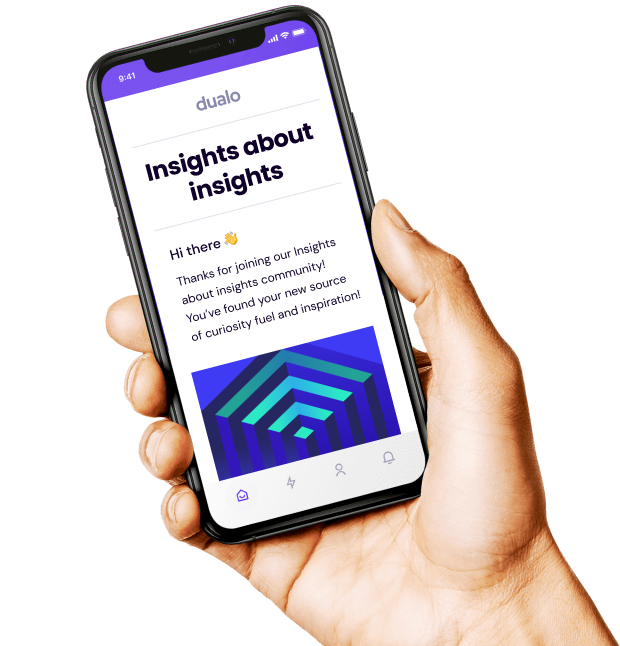How to build a research repository: a step-by-step guide to getting started
Research repositories have the potential to be incredibly powerful assets for any research-driven organisation. But when it comes to building one, it can be difficult to know where to start. In this post, we provide some practical tips to define a clear vision and strategy for your repository.



.png)






.svg)

.jpeg)

.jpeg)
.jpeg)

